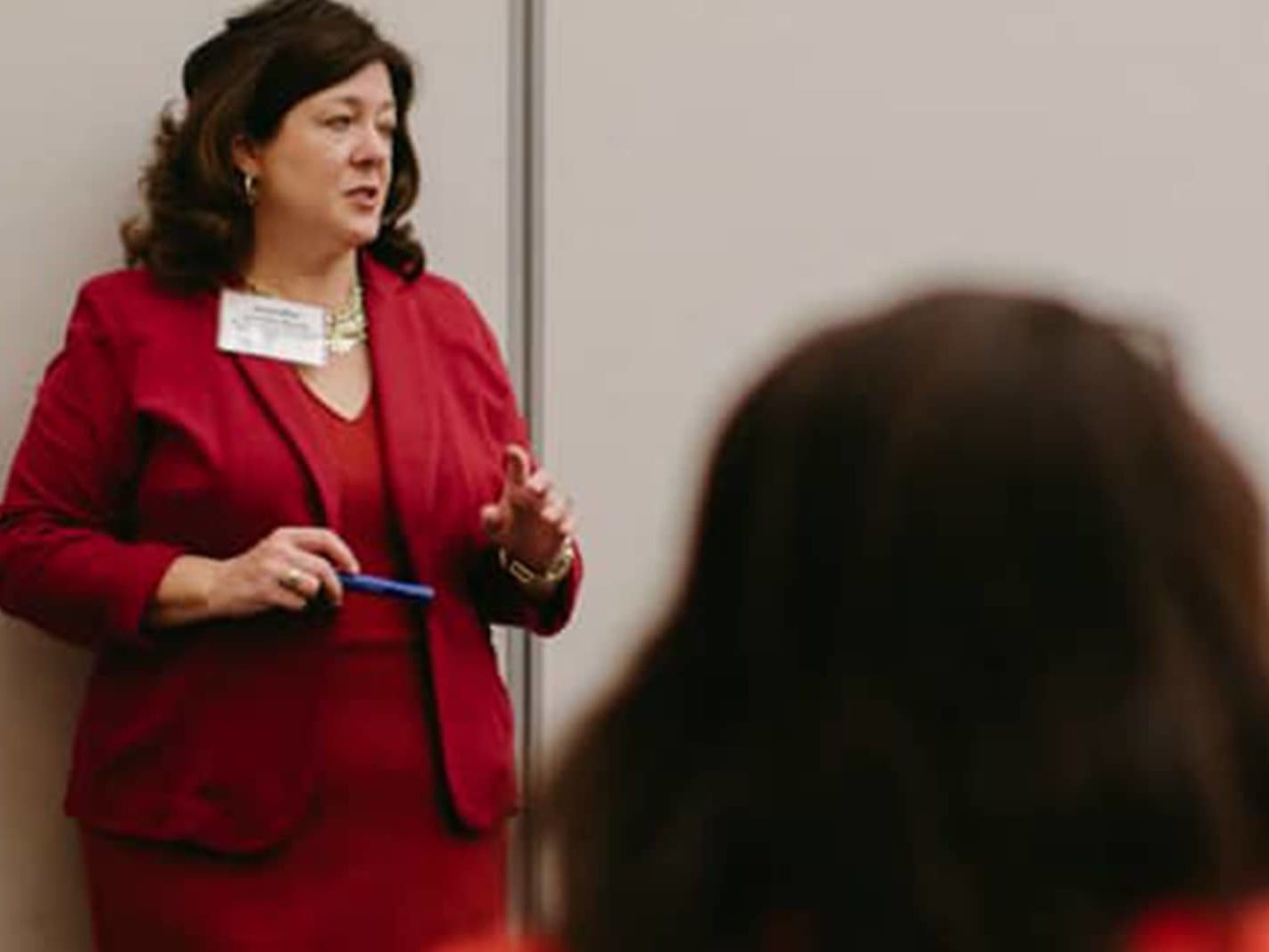Note: This column was updated in May 2024 and reflects Texas charity care data for 2022, the most recent year available.
Everyone needs and deserves medical care. Texas hospitals understand that as well as anyone. And in a state with the country’s highest uninsured rate, where charity care and indigent care are a fact of life – from the Panhandle to Port Isabel, from El Paso to Houston – our hospitals fulfill that need.

Highlighting that reality is particularly important right now. Because both nationally and in our state, charity care – and the nonprofit, tax-exempt hospitals that provide it – have come under a great deal of scrutiny lately. But even a recent, well-publicized attack on nonprofit hospitals nationwide acknowledged that here in Texas, we’re on the right track.
Last October, U.S. Sen. Bernie Sanders (I-Vt.) released a report with an eye-opening title: “Major Non-Profit Hospitals Take Advantage of Tax Breaks and Prioritize CEO Pay Over Helping Patients Afford Medical Care.” The report cited tax documents for 16 major nonprofit hospitals that each take in more than $3 billion in annual revenue, finding that 12 of them dedicate less than 2% of their total revenue to charity care, with six devoting less than 1%. In a statement accompanying the report, Sen. Sanders said that despite “massive” tax breaks, “most nonprofit hospitals are actually reducing the amount of charity care they provide to low-income families even as CEO pay is soaring. That is absolutely unacceptable.”
The American Hospital Association reacted swiftly on behalf of its nationwide membership, calling the report “tunnel-visioned” and saying it didn’t “fully account for the wide range of community benefits that hospitals provide.” AHA noted a new report showing that in 2020, hospitals provided $129 billion in community benefits, about $20 billion more than the previous year – and more than 15% of hospital expenses.
Now, charity care and community benefit laws vary widely across the 50 states, and observers here in Texas might be seeing this debate and wondering how our big state – with that nation-leading uninsured rate – stacks up. The fact is, our nonprofit hospitals and systems can demonstrate their commitment to providing charity and indigent care as well as those of any state, based on a long-standing Texas law.
Texas’ community benefit law – which encompasses charity care as well as other types of community programs tax-exempt hospitals undertake, such as health screenings and vaccination clinics – contains several standards hospitals can choose from to demonstrate they’re meeting their obligations. In 2022, 127 Texas hospitals and systems were subject to those standards and all of them met the standard they selected.
The standard hospitals most commonly select is to spend at least 5% of the hospital’s or system’s annual net patient revenue on community benefits, with charity care and government-sponsored indigent health care comprising at least 4%.
But with Texas’ 18-plus-percent uninsured rate generating charity care across the state, our nonprofits don’t merely invest the required minimum – far from it.
During 2022, the nonprofit hospitals subject to the law provided $576 million in charity care over the minimum – 32% over it. Yes, these facilities went half a billion dollars over what one of the strongest charity-care laws in the nation requires.
To his credit, Sen. Sanders’ report acknowledged that Texas is different in a good way, directly referencing our state’s 4% bar and using it as an example of one piece of the solution.
“Congress should take steps to ensure that these hospitals are offering charity care at levels consistent with the enormous tax breaks they receive,” the senator wrote. “Tax breaks could be limited to the value of community benefits the hospital provides. Texas provides an example of this kind of structure.”
Charity care is under the microscope at the state level as well. At this writing, the Texas Health and Human Services Commission, at the direction of the Texas Legislature, has hired a third party to carry out a $5 million study that will examine, in part, “all revenue streams and their value” for each facility and hospital system, including revenue sources and supplemental funding, and also examine the value of charity care for each hospital and system. Lawmakers included the study as part of the most recent state budget. HHSC will publish that report by Dec. 1.
Here at THA, we’re confident that our members are doing their part to care for the low-income and uninsured members of our communities. Our hospitals are always open to improvements and feedback on how we’re doing, particularly on a subject as vital as caring for our most vulnerable populations. But the data we have to date shows Texas nonprofit hospitals recognize their duty to the least fortunate members of their communities, and their commitment to serving those populations is unwavering.
Related articles from The Scope
THA Brings Back Annual Staff Flu Shot Clinic
When it comes to public health, the Texas Hospital Association…
Advocating as the Voice of Texas Hospitals
The Texas Hospital Association’s advocacy department continually engages lawmakers and…
Texas Hospitals’ Year-Long Fight
From the first COVID-19 cases in Texas to the arrival…



